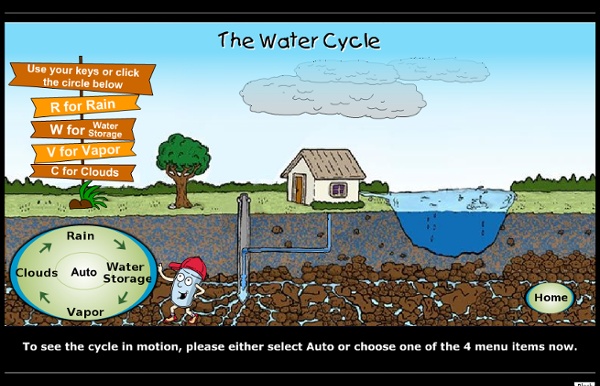



Not Free | 3D Human Anatomy | Products Brain & Nervous System Respiratory System Reproductive & Urinary Digestive System Learn about Scientific Method Got a hunch about something but don’t know how to prove it? In this BrainPOP movie, Tim and Moby will walk you through the steps of the scientific method, which can be used to design any kind of experiment! First, Tim will show you how to make observations and develop inferences based on them. Watch the Science movie about Scientific Method » Giant Pandas Sign up to get panda news from the Zoo. Giant pandas are black and white bears that live in temperate-zone bamboo forests in central China. Among the best recognized—but rarest—animals in the world, they have come to symbolize endangered species and conservation efforts. As few as 1,600 giant pandas survive in the mountain forests of central China. More than 300 pandas live in zoos and breeding centers around the world; most of these pandas are in China. Giant pandas Mei Xiang and Tian Tian are at the National Zoo under a Giant Panda Cooperative Research and Breeding Agreement, signed in January 2011, between the Zoo and the China Wildlife Conservation Association. Seeing Pandas at the Zoo Giant panda cub Bao Bao is now on exhibit! The panda house at the David M. Visitors will be allowed into the panda house on a first-come-first-served basis. Due to the expected number of visitors to see Bao Bao, Asia Trail will be open to one-way traffic only. It was an exciting day at the David M.
C·R·E·A·T·E for Mississippi >> Classroom Resouces >> Lesson Plans >> The Water Cycle The Water Cycle Subject Area: Science Grade Level(s): 6 Duration of Activity: 2 to 3 class periods Description of Activity: In this activity students will recognize that a water cycle is a repeated pattern of change. Objectives: Identify the four parts of the water cycle: condensation, evaporation, precipitation and transpiration. Materials/Equipment: Microsoft Paint software program. Prerequisites (skills or background needed): The students need knowledge of what is meant by cycles, changes and clouds. Procedure Teacher Component: The teacher will discuss definitions of vocabulary terms: condensation, evaporation, precipitation and transpiration, cycles, changes, cloud and water vapor. have students form hypotheses about the following questions and write the answers in their science notebooks: Why does a bathroom mirror "fog up"? Student Activities: The student will Accommodations: Extension Activities: Integration: Language Arts Technology Art Assessments: URLs: Curriculum Frameworks TerraNova:
Eskeletons The First Thanksgiving: Virtual Field Trip Video Webcast and Letters Signup Mayflower: Step aboard and explore an exact replica of the Mayflower, anchored at Plimoth Plantation, in this 20-minute video for all grades. Pilgrim Village: Get a behind-the-scenes look at the simple but arduous life of the Pilgrims in this 18-minute video for all grades. Wampanoag Homesite: Witness the day-to-day life of the indigenous people who were part of the Wampanoag Nation in this 17-minute video for all grades. Plimoth Plantation: Join the Pilgrims and Wampanoag as they discuss the first Thanksgiving in this 30-minute video for grades 3 and higher. Tour the fields and homes of the Pilgrims and watch the Wampanoag at work in this slideshow tour of the Pilgrim Village and Wampanoag Homesite.
Pages — Beyond Weather & The Water Cycle Lesson Plan - Create a Water Cycle Make a mini water cycle! We know that water can be a liquid, a gas, or a solid. Outside, water is always changing from liquid to gas and back again. This process is called the water cycle. You can see how the water cycle works. The Water Cycle The sun's heat causes water to evaporate from streams, lakes, rivers, and oceans. Create Your Own You will need: a large metal or plastic bowl a pitcher or bucket a sheet of clear plastic wrap a dry ceramic mug (like a coffee mug) a long piece of string or large rubber band water Put the bowl in a sunny place outside. The "mist" that forms on the plastic wrap will change into larger drops of water that will begin to drip. This experiment adapted from resources provided by the Monroe County Water Authority -
Medical Animation Library ©Copyright 2009 A.D.A.M., Inc. Any duplication or distribution of the information contained herein is strictly prohibited. The information provided herein should not be used during any medical emergency or for the diagnosis or treatment of any medical condition. Solar System Scope